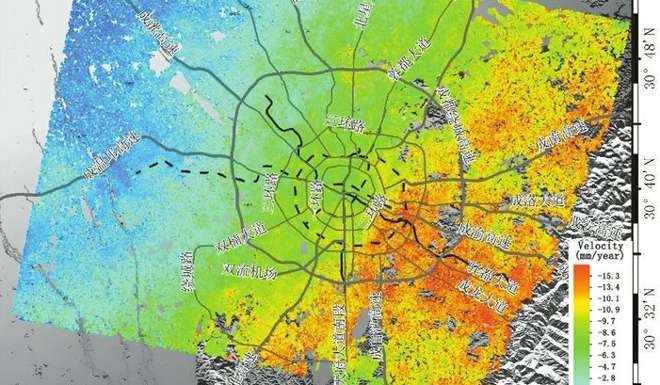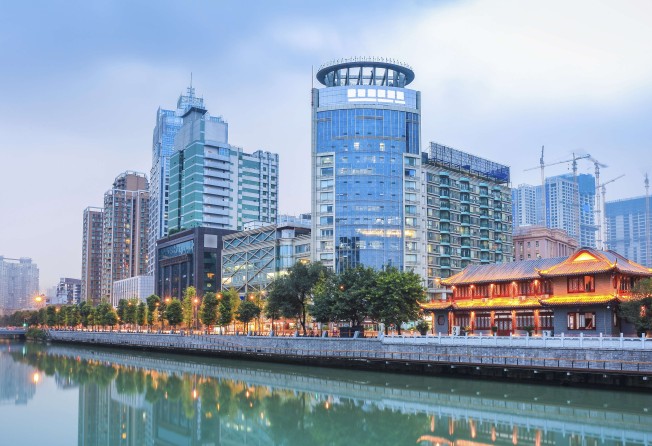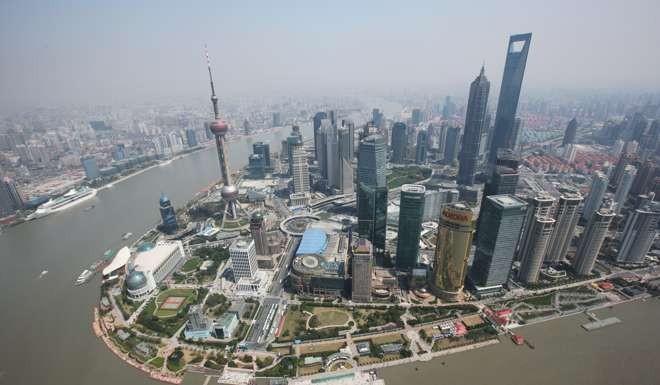
Many Chinese cities are slowly sinking – and intensive urbanisation means it will only get worse, say experts
City governments such as Beijing and Shanghai taking steps to halt subsidence, often caused by excessive extraction of underground water

Many of China’s cities are sinking due to groundwater being overused and experts fear the problem will grow worse as urbanisation intensifies.
In urban areas, subsidence – or the gradual sinking of an area of land – is often caused by excessive extraction of underground water.
In the southwestern city of Chengdu, in Sichuan province, the land above a subway line under construction is sinking more than one cm a year, local newspaper the Huaxi Metropolis Daily reported on Thursday.

The city’s increasing number of skyscrapers is also pushing the ground lower – by as much as 2.8cm a year in the most badly affected areas, according to the report.
However, the problem is not confined to Chengdu alone. More than 50 Chinese cities suffer serious subsidence issues, according to an official report released in 2012.
Geologists say the problem will only worsen as the government tries to boost domestic consumption by speeding up urbanisation.
Large-scale construction of buildings and public transport links, and especially excessive exploitation of groundwater, had contributed to the problem, said Ding Xiaoli, a land surveying expert at the Hong Kong Polytechnic University.
Subsidence could damage city infrastructure and endanger the public, and the sinking process was irreversible, the 2012 report said.
China’s cabinet, the State Council, has vowed to resolve the problem by limiting or even banning the use of groundwater in cities.
[City authorities] must have a scientific plan. How big do they want the city to be? Is there enough water? If not, where does the extra water come from?
However, experts say such measures will be hard to implement as local governments depend on construction and urban migration for economic growth.
Long Di, a hydrogeologist at Tsinghua University in Beijing, said authorities in small cities tended to focus on economic development, but ignored the long-term problem of water scarcity.
“They must have a scientific plan,” Long said. “How big do they want the city to be? Is there enough water? If not, where does the extra water come from?”
The land would sink faster if local governments resorted to underground water to support unbridled population growth, he said.
Ding said the problem was most difficult to solve in cities without rivers or other surface water sources.

“It is a challenge for planners, as people will always need water,” Ding said. “The government must think about it carefully in future urban planning.”
In northern China, about 65 per cent of the domestic water came from underground, state broadcaster CCTV reported in 2012.
Besides underground water use, geological features of individual cities also affect the speed of the land sinking, scientists say.
In the cities most affected by land subsidence, governments are taking various measures to slow the process down – but often at a heavy cost.
In Shanghai, where some parts of the land have dropped more than 2.5 metres since the 1920s, more than 23 million cubic metres of water is being recharged back through deep wells each year.
To reduce Beijing’s reliance on underground water, China completed the South-North Water Diversion project, a 4,350km network of canals and tunnels to transfer water to the capital.
Some populous areas overseas, including Tokyo and California’s central valley, also suffer from severe land subsidence.